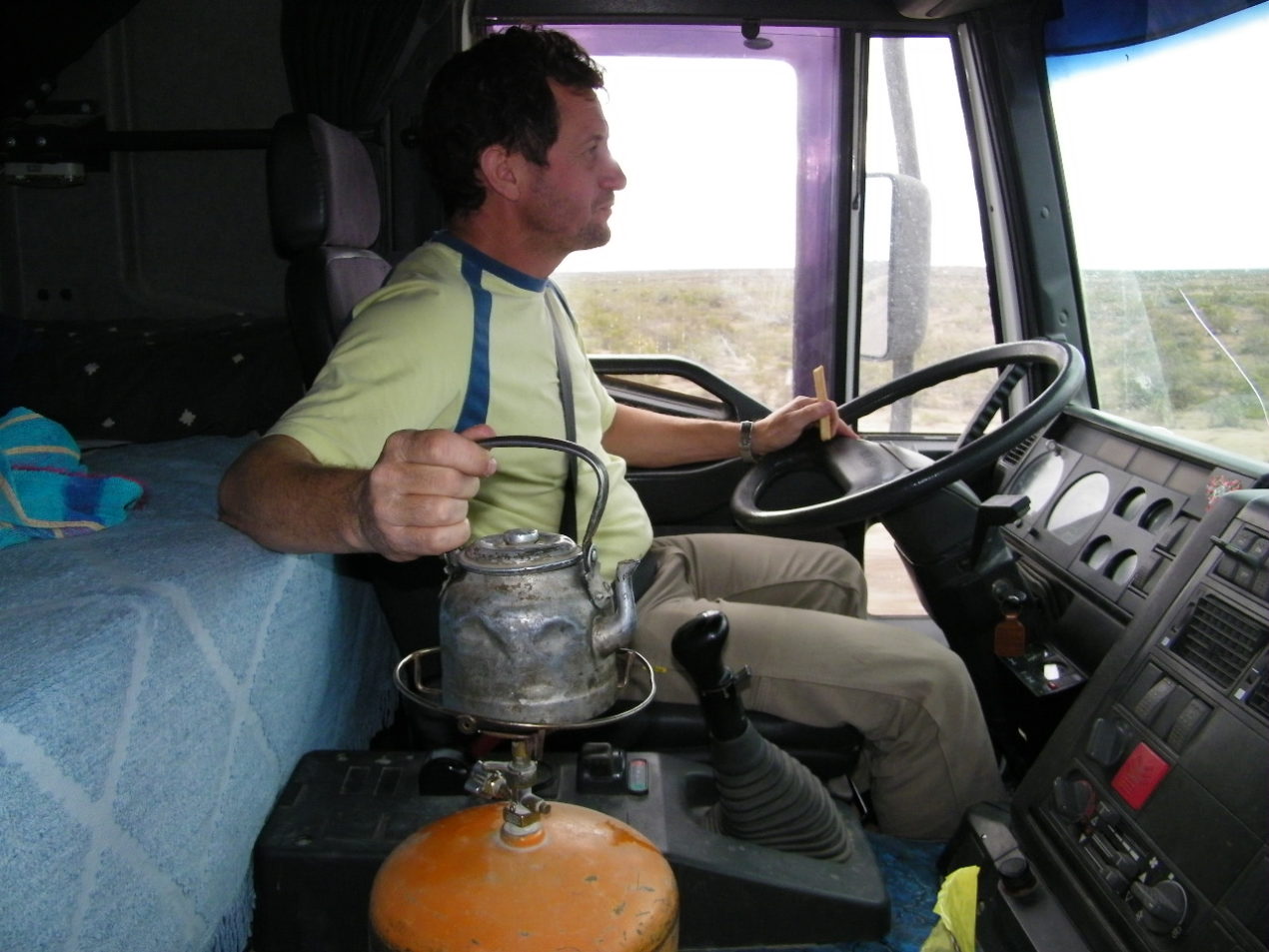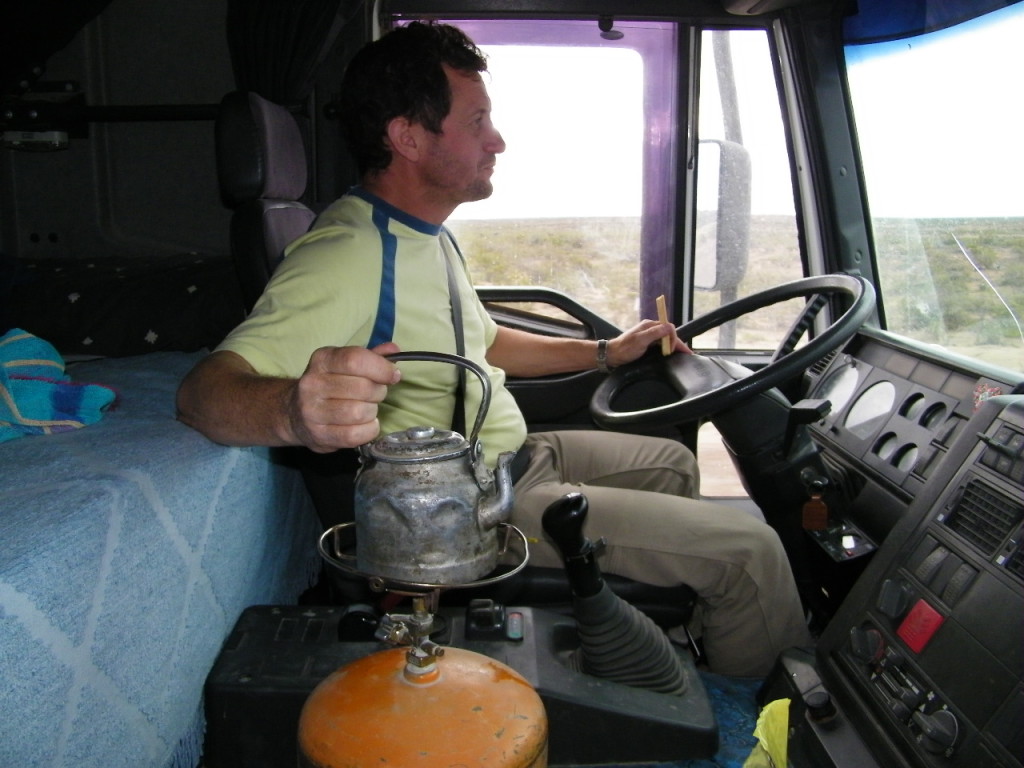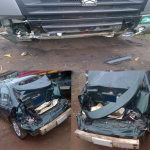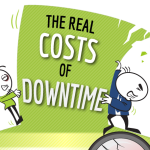
In our article Guilty as Charged! Texting and doing calls while driving, we comprehensively discussed the negative driving habit of texting/answering calls while driving articulated vehicles with specific focus on the inherent risk and measures that companies can put in place to curtail the malaise. In this article, we focus our searchlight on come negative driving habits though prevalent but rarely discussed or unwittingly omitted in regular drivers training.
While banning the use of handheld devices while driving, especially texting while driving, has been at the forefront of company fleet safety policies, there are other less recognized cognitive and physical distractions that continue to impact the safe operation of fleet vehicles. It is instructive to note that research has proven that all drivers engage in secondary tasks 30 percent of the time while their vehicles are in motion.
In the United States for example, research has shown that driver distractions were behind 65 percent of near-crashes and 80 percent of crashes and that most crashes occurred within 3 seconds after the driver was distracted. The indices would perhaps be worse for a place like Nigeria where the telecommunication ‘craze’ is just catching on and where extant laws against making and receiving calls while driving are loosely enforced.
Cell-phone use and texting may be today’s biggest scourge in the transportation safety sector, but there are other driver distractions, though rarely discussed but also substantially increase crash risks:
Eating Causes Driver Mistakes
Eating while driving is riskier than talking/listening to a hand-held device. In Nigeria where the hours of service is not anywhere near well defined, it could in fact mean that drivers with the ability to fold the passenger seat down, may be even more tempted to turn that workspace into a countertop for eating while driving.
Don’t Resist a Rest
Drowsy driving reduces response time, which increases the crash risk. Some drivers are known to defy the need to take a rest and censorship of night driving (as it obtains in some companies) simply because they want to be on time to make the next delivery! Drowsiness typically has more to do with time-of-day rather than time-on-task.
Research have it that drowsy driving is two times more likely to occur during the first hour of a work shift, because drivers are not fully refreshed and awake when they begin their day. It has also been observed that drowsy driving is also more common among younger or less experienced truck drivers. Fleet managers should inform their drivers of the statistics on drowsy driving during training.
Living in a Dream World
Many drivers upon post-accident interrogation have been known to confess that they were “lost in thought” at the time of vehicle collisions.
Daydreaming while driving, as with other distracted driving habits, is voluntary, and if caught, drivers should be reprimanded for voluntarily endangering company property, and disregarding their job duties and personal safety, which may result in a lawsuit against the company.
Limit In-Car Entertainment
Controls, displays, and driver aids are standard driving tools today. Crash-risk increase when the driver’s eyes leave the road for more than 2 seconds. Most radio tuning or tape selection surely takes more than 5seconds!
Put a Lid on Sightseeing
Drivers should constantly scan the road, but should not fixate on objects surrounding the road. Drivers who fixate on external objects — e.g., people, billboards, and landmarks — are likely to enter into a blind gaze where they are not paying attention to the road.







